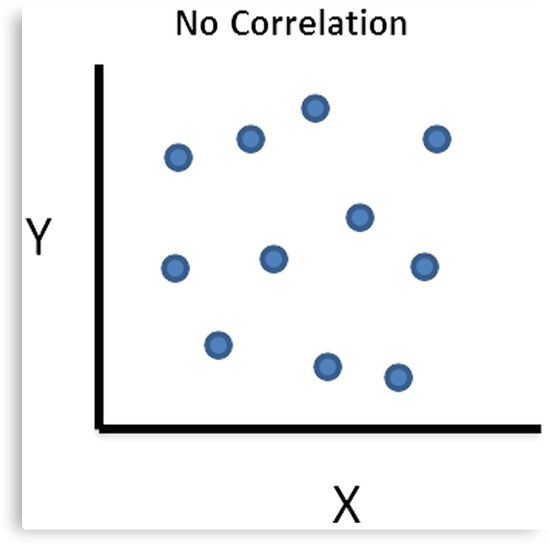Concept Of Correlation And Its Uses
In Educational Research
Correlation is a statistical measure that indicates the extent to
which two or more variables fluctuate together. A positive correlation indicates
the extent to which those variables increase or decrease in parallel; a
negative correlation indicates the extent to which one
variable increases as the other decreases.
There
are three types of correlation: positive, negative, and none
(no correlation). Positive Correlation: as one variable
increases so does the other. Height and shoe size are an example; as one's
height increases so does the shoe size. Negative Correlation: as one
variable increases, the other decrease
While studying
statistics, one comes across the concept of correlation. It is a
statistical method which enables the researcher to find whether two variables
are related and to what extent they are related. Correlation is considered as
the sympathetic movement of two or more variables. We can observe this when a
change in one particular variable is accompanied by changes in other variables
as well, and this happens either in the same or opposite direction, then the
resultant variables are said to be correlated. Considering a data where we find
two or more variables getting valued then we might study the related variation
for these variables.
Correlation Are Of Three Types:
- Positive Correlation
- Negative Correlation
- No correlation
In correlation, when values of one variable increase with the increase in another variable, it is supposed to be a positive correlation. On the other hand, if the values of one variable decrease with the decrease in another variable, then it would be a negative correlation. There might be the case when there is no change in a variable with any change in another variable. In this case, it is defined as no correlation between the two.
Positive Correlation
A relationship between two
variables in which both variables move in same directions. A positive
correlation exists when as one variable decreases, the other variable also
decreases and vice versa. When the values of two variables x and y move in the
same direction, the correlation is said to be positive. That is in
positive correlation, when there is an increase in x, there will be and an
increase in y also. Similarly when there is a decrease in x, there will be a
decrease in y also.
Negative Correlation
In a
negative correlation, as the values of one of the variables increase, the
values of the second variable decrease or the value of one of the variables
decreases, the value of the other variable increases. When the values of two
variables x and y move in opposite direction, we say correlation is negative.
That is in negative correlation, when there is an increase in x, there will be
a decrease in y. Similarly when there is a decrease in x, there will be an
increase in y increase.
Zero correlation
A zero correlation suggests that the correlation
statistic did not indicate a relationship between the two variables.
It's important to note that this does not mean that there is not a relationship
at all; it simply means that there is not a linear relationship
.

Figure 1. positive
correlation

Figure 2. negativr
correlation

Figure 3. zero/no
correlation
Correlation
analysis.
Methods of
correlation and regression can be used in order to analyze the extent and the
nature of relationships between different variables. Correlation analysis is
used to understand the nature of relationships between two individual
variables. For example, if we aim to study the impact of foreign direct
investment (FDI) on the level of economic growth in Vietnam, then two variables
can be specified as the amounts of FDI and GDP for the same period
Correlations
are useful because they can indicate a predictive relationship that can be
exploited in practice. For example, an electrical utility may produce less
power on a mild day based on the correlation between electricity demand and
weather. In this example, there is a causal relationship, because extreme
weather causes people to use more electricity for heating or cooling. However,
in general, the presence of a correlation is not sufficient to infer the
presence of a causal relationship
Uses of Correlation In Educational Research
·
Only experimental data can be conclusively demonstrate causal relations
between variable .
·
In experimental
research , we manipulate some variables and then measure
the effects of this manipulation on other variables.
.